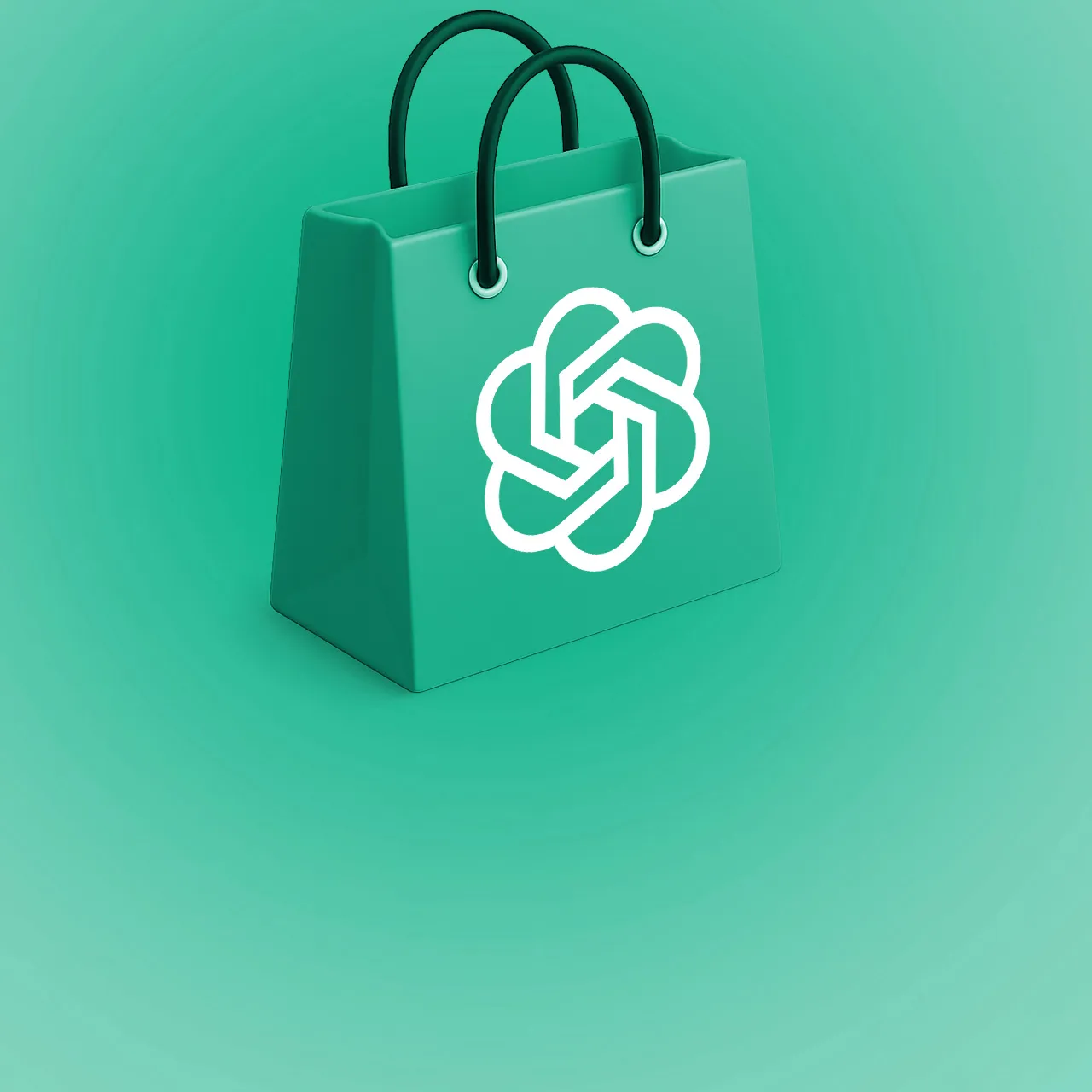read
Facebook Ads certainly create some eye-popping statistics:
More than 1 in 3 professional marketers said Facebook advertising has the highest ROI.
The average conversion rate for Facebook marketing is 9.21%.
Adding a call to action button to your Facebook ads boosts CTR by 2.85x.
Facebook ads look like an amazing strategy for growing your business.
What do you do when your Facebook campaigns just don't work?
We're here to help. This post is going to show you the two common issues in Facebook marketing and four ways to fix your Facebook ads.
Quick Review of the Basics of Facebook Ad Campaigns
Before we jump into how to fix the issues people have with their Facebook ads, let's cover the basics of running Facebook ad sets.
Here's how you set up and run an ad set:
Choose a campaign objective. Facebook Ads Manager offers you at least twelve options for running ads to meet a goal. Choose the best one for your campaign.
Select your specific audience. Use all your customer information during the audience selection stage to target people interested in what you're advertising.
Pick where to show your ads. Advertisers can choose to show Facebook ads in the news feed, on Messenger, or on apps in the audience network.
Set your ad spend amount. Choose your date range and daily spending limit to manage your total ad spend.
Decide on your ad format. Grab attention with one of six available ad formats such as video ads, multi-image ads, or simple text ads.
Submit your ad. Submit your ad for approval to start displaying it to your selected audience.
Analyse your ad performance. Use Facebook Ads Manager to check how your ad is doing and make changes as necessary.
If you've skipped any of these steps or haven't set your ad correctly, go back to the beginning and work through these steps carefully.
You've probably done all these, though. Now you're stuck with Facebook ads that don't seem to be getting the right results.
What's the problem?

Issue #1: Your Facebook Ads Are Sending the Wrong Message
We think there are two major problems: the message and the audience. Facebook ads don't work when:
You show the wrong message to the right audience.
You show the right message to the wrong audience.
If you show the wrong message to the wrong audience, you get total failure.
So, issue number one occurs when your ad creative (the picture, text, or video) doesn't get the job done.
Your Ad Creative Must Showcase a Compelling Offer
You know there's a problem with your ad creative when your click through rate is very low. This means people are seeing your Facebook ads but are not being drawn to click on the ad.
There are a few parts of your ad to take a fresh look at:
The visual elements of your ad must draw in customers. Look again at the pictures, videos, and headlines. Are they attention grabbing?
Your offer must be something valuable to your target market. If they aren't interested in what you're selling, then you should find another market or another product.
The visuals and offer must work together. Ideally, you want your visuals and offer to convey a message in seconds. Yes, we mean seconds.
These are the three things to review when your Facebook ads suffer from a low click through rate.
Your Facebook Ad Copy Must Lead to a Convincing Landing Page
If your click through rate is high, but your conversion rate (the number of people who buy something or take the action you want) is low, then the problem is likely to be your landing page.
People react positively to your ad, click on your website or Facebook page, and then don't take the next action to create a conversion event. This means it's time to look at your landing pages.
Here are the things that can go wrong with landing pages:
The landing page could be disconnected from the ad's message. For example, if you run an ad for women's golf shoes and the landing page is your main golf clothing page, then the customer will feel like they have to do some more clicking and searching on your website to find the reason they clicked on the ad.
Landing pages without clear calls to action don't perform well with Facebook ads. Online marketing works best when you show people where to click and what will happen when they click on your button.
Low conversion rates come from poorly designed pages with unconvincing offers and unclear calls to action.
After we cover the second issue, we'll show you some ways to fix both problems.
Issue #2: Your Target Audience Is the Wrong One for Your Facebook Ads
Facebook advertising is successful because Facebook knows a lot of information about its users. Think about all the things people tell Facebook. Their likes, dislikes, friends, schools, jobs, and even how much time they'll spend looking at Facebook ads.
You can use this information to target your Facebook ads at custom audiences based on age, interests, locations, and keywords.
Poorly targeted Facebook ads produce a certain statistic. You will see some results, but the click-through rates will be very low. There are a few variations of how your targeting options could go wrong.
Your Facebook Ad Campaign Target Audience Could Be Too Broad
A very broad custom audience creates many impressions but few clicks.
For example, if you are selling items popular with young people, then a Facebook ad that doesn't use these basic demographics will advertise your products to people of all ages. A large percentage of the people seeing your ad will not be your ideal customer, so your click-through rate will suffer.
An audience based on demographics and location will respond better to the same ad compared to a broader audience. Likewise, choosing the most relevant interests and keywords for your ad set will narrow down your audience selection to people who are interested in your offer.
Your Target Audience Could Be Too Narrow
A narrow audience might not have enough potential customers. You might also exclude people who might be interested in your products or service.
How can you tell?
The potential reach when you set up your ad is a small number. You may have to decide what number is too small, but your audience should be more than a few hundred people.
If your audience is too small, your ad might not trigger and thus you may not spend any money. So, an ad that doesn't get through its budget quickly is probably using a narrow audience.
Fixing your narrow audience might mean you spend money faster, but you'll also start reaching people interested in your offer.

You Could Be Missing the Most Relevant Audience
Another audience reason for Facebook ads not working is the relevance of your targeted group. Are there more interests and keywords you could target?
A key approach to solving this reason for Facebook ads not working is to think laterally. Instead of trying to narrow your focus by thinking of smaller and smaller groups, you could look sideways.
Here's an example. If you sell hand-knitted jumpers for dogs, you could use "dogs" as an interest to target. You could look sideways and think of parallel interests such as "pets" or "knitting." These are super general, so you'd want to refine them. They show the point, though.
Now, let's talk about how to fix some of these reasons why your Facebook ads are not working well.
Fix #1: Align Your Ad Creative with Your Campaign Objective
Take a step back and look at your ads. Do they advertise the action you want your target audience to take?
For example, if your ad is listing all the benefits of your new facial cream, but the call to action is to like your page or sign up to your newsletter, then your ads don't connect to your goal. In this example, if you're listing all the benefits, then the people seeing your ads are going to want to buy. Direct them to a sales landing page or a storefront.
Your ad features, different images, and call to action should come together at the same time to produce the result you want.
Here are a few quick tips for connecting your ads to your goals:
- For boosting brand recognition, showcase your brand with a logo, your strapline, and a call to action for people to like your page. Avoid heavy sales copy when you're just trying to build awareness.
- To get better lead generation results, try to create ads that offer something for the lead. Free trials, a useful pdf related to your products, or access to a special video are all examples of how you can create ads that offer value in exchange for the customer's details.
A Quick Note About Facebook Ads Relevance Diagnostics
Facebook used "Relevance Score" to show how effective they expect your ad to be. In 2019, Facebook replaced relevance score with ad relevance diagnostics to make diagnosing ad relevance clearer and more actionable. You can find your relevance diagnostic like this:
Open the Facebook Ads Manager and select the "Ads" tab.
The metrics for your ads can be found by scrolling to the right.
If you can't see your diagnostics score, add it by using the "Customize Columns" button.
The diagnostics assess each ad's past performance in the ad auction over the date range you've selected. The diagnostics are:
Quality Ranking: How your ad's perceived quality compared to ads competing for the same audience.
Engagement Rate Ranking: How your ad's expected engagement rate compared to ads competing for the same audience.
Conversion Rate Ranking: How your ad's expected conversion rate compared to ads with the same optimization goal competing for the same audience.

What causes a low relevance diagnostics score?
Users hiding your ads because this means they don't want to see them or they are not relevant.
Users reporting your ads because they are boring, irrelevant, or offensive in some way.
Negative feedback like this lowers your relevance diagnostics and makes your ads more expensive and less effective.
If you have a low relevance diagnostics score, it's probably time to start again with your ad creative. Low-quality ads will frustrate your audience. Successful advertisers know they will test and discard ads regularly. If it's not working, just start again.
| Ad Relevance Diagnostics | Causes | Recommendations | ||
|---|---|---|---|---|
| Quality Ranking | Engagement Rate Ranking | Conversion Rate Ranking | ||
| Average or above | Average or above | Average or above | You are all good! | Optimize for your advertising objective. |
| Below Average | The ad is percieved as low quality. | Improve the quality of your creative assets or target an audience more likely to percieve the ad as high quality. | ||
| Average or above | Average or above | Below Average | The ad isn't producing conversions. | Improve the call-to-action of your ad or post-click experience, or target a higher-intent audience. Some products and services naturally exhibit lower conversion rates than others. If your conversions meet your expectations you may not need to adjust your ad. |
| Average or above | Below Average | Average or above | This ad isn't spurring interest. | Improve your ad's relevance to your audience (For example, by making it more engaging, interesting or eye-catching) or target an audience more likely to interact with this ad. |
| Below Average | Average or above | Average or above | The ad is percieved as low quality. | Improve the quality of your creative assets or target an audience more likely to percieve the ad as high quality. |
| Average or above | Below Average | Below Average | The ad isn't spurring interest or producing conversions. | Improve both the ad's relevance to your audience (For example, by making it more engaging, interesting or eye-catching) and the call-to-action of your ad or post-click experience. Alternatively, target an audience more likely to interact with and convert from your ad. |
| Below Average | Below Average | Average or above | This ad is perceived as low quality and isn’t spurring interest. | Improve the quality of your creative assets while also making it more relevant to your audience (For example, by making it more engaging, interesting or eye-catching). Alternatively, target an audience more likely to perceive the ad as high quality and relevant. Avoid low-quality attributes from your creative. |
| Below Average | Average or above | Below Average | This ad is click-baity or controversial. | Adjust your ad to more clearly represent the product or service you are advertising. Some products and services naturally exhibit lower conversion rates than others. Avoid low-quality attributes from your creative. |
| Below Average | Below Average | Below Average | There’s room for improvement across the board. | Try testing different targeting strategies, creative, optimization goals, post-click experiences, and so on. |
Fix #2: Connect Your Ad Copy to Effective Sales Copy on Your Landing Pages
If you have a high relevance score, your campaigns are getting clicks, but the sales aren't going up, then it's time to look at your landing spots. Customers are seeing your ads, they're interested in your products, but you aren't closing the deal.
Here's how to fix it:
Make your sales copy super clear. Try to avoid anything that is "waffle." Show the customers your offer and then ask them to buy.
Focus on your title, then your headings, then your images, and then your paragraphs. People scan pages instead of reading them. So the largest visual elements (title, images, headings) should convey your offer clearly.
Sell the benefits, not the features. Here's the difference: benefits are the feelings the customer gets when they use your product or services. Features are the information about your product. Sell the benefits, not the features.
The last point needs an example. Imagine you are selling back braces and posture correctors. The features include adjustable straps. Instead of banging on about how adjustable your posture corrector is, talk about how comfortable the person will feel while wearing it. That's the benefit of the feature.
Once you've sorted your ads and your sales pages, it's time to move on to testing.
Fix #3: Test the Same Ad with Different Custom Audiences to Find the Ideal Audience
Brilliant advertising has always been both art and science. Test your ads constantly and test your audience.
You can use overlapping audiences to reach more people, but you can also separate any overlapping audiences to test the smaller, individual audiences.
So try out your ads. Try to run multiple campaigns with one ad to find the most relevant and responsive audience.
Fix #4: Split Test Multiple Ads for Your Targeted Audience to Find the Most Relevant Ads
If you're sure you have the right audience, then it's time to tweak your Facebook campaigns with different ads. Showing different ads to the same people will help you zero in on the most effective elements of your Facebook ads.
Here are elements of their Facebook ads advertisers test in their campaigns:
Try different titles. Many advertisers test over five different headlines for each campaign.
Use different images. If an ad uses a male model, try a female model. Try illustrations versus photos. Try anything different to see what might perform better.
Change your call to action. Subtle changes, such as the difference between "Buy now" and "Shop our range" may make a difference.
You can test every part of your Facebook ad. Keep testing until you've got the results you were hoping for when you launched your Facebook advertising campaign.
Need Help with Your Facebook Ad Campaigns?
Facebook tries to make advertising as simple as possible. While this might be an act of kindness, there's no doubting how much money Facebook takes in from advertising. If you're tired of wasting your budgets and want some professional help, then contact Optimum Click. Our team can help you get the best results from your next Facebook campaign.


![AI Advertising in 2025: Real ROI vs Expensive Hype [Guide]](/_ipx/f_webp/img/blog/blog-ai-in-the-advertising-space.jpg)
